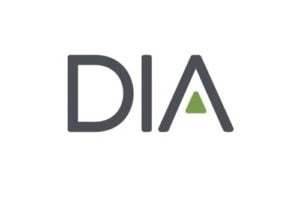Writing in the September edition of DIA’s Global Forum magazine, Rosilawati Ahmad of Malaysia’s National Pharmaceutical Regulatory Agency; Tharnkamol Chanprapaph of the Thai FDA; and Samvel Azatyan, Valerio Reggi, and Prapassorn Thanaphollert of the World Health Organization highlight the progress towards regulatory harmonization in ASEAN and work between country-level regulatory bodies on the joint assessment of marketing authorization applications.
The first steps toward harmonization of ASEAN pharmaceutical regulations started in 1992 through the establishment of the ASEAN Consultative Committee for Standards and Quality (ACCSQ). In 1999, the ACCSQ established a Pharmaceutical Product Working Group (PPWG).
The objective of the PPWG is to develop harmonization of pharmaceutical regulations across ASEAN member countries to complement and facilitate the ASEAN Free Trade Area (AFTA), particularly the elimination of technical barriers to trade posed by these regulations, without compromising on drug quality, safety, and efficacy.
Harmonization and cooperation ensure that no regulatory work is conducted in isolation, without taking into account that a similar product or manufacturing site has been or is being assessed in several other countries by authorities with different capacity, resources, and skills. In addition, harmonization and cooperation leads to improving access to essential medicines and building regulatory capacity and trust. Most regulatory authorities face limitations which prevent them from performing all regulatory functions at the highest possible level of competence, efficiency, and effectiveness.
The best approach is effective collaboration among National Regulatory Authorities (NRAs), which can take place in two main ways: formal agreements (e.g., mutual recognition agreements), which require establishing an appropriate legal framework (and therefore may take a very long time to achieve); and reliance, i.e., work done by a trusted authority (e.g., an assessment or inspection report) is shared with a receiving authority, who uses the reports to make its own decisions without duplicating the work.
For more than 20 years, the PPWG has developed a number of important initiatives and tools to support harmonization and regional cooperation (see accompanying box). The effective implementation of these tools and initiatives is crucial to achieve the overall goal, established by the ASEAN Economic Ministers, of removing technical barriers to trade and gradually broaden pharmaceutical export markets.
Close cooperation and collaboration among ASEAN NRAs on the basis of similar procedures, common standards, and joint assessments are necessary operational steps that will gradually lead to work sharing; elimination of duplicated effort; timely access to high-quality, safe, efficacious pharmaceutical products; recognition of each other’s regulatory decisions; and better regulatory outcomes for all ASEAN citizens.
PPWG Initiatives and Tools to Support Harmonization and Regional Cooperation
- ASEAN Common Technical Dossier (ACTD)
- ASEAN Common Technical Requirements (ACTR)
- ASEAN Sectoral Mutual Recognition Arrangement for GMP Inspection of Manufacturers of Medicinal Products (GMP MRA)
- ASEAN Post-Marketing Alert System (PMAS)
- ASEAN Mutual Recognition Arrangement for Bioequivalence Study Reports of Generic Medicinal Products (BE MRA)
- ASEAN Guidelines on stability study, bioequivalence and bioavailability studies, manufacturing process validation, validation of analytical procedures, and variations
- ASEAN Joint Assessments Coordinating Group (JACG) to pilot the implementation of joint assessment of marketing authorization applications.



